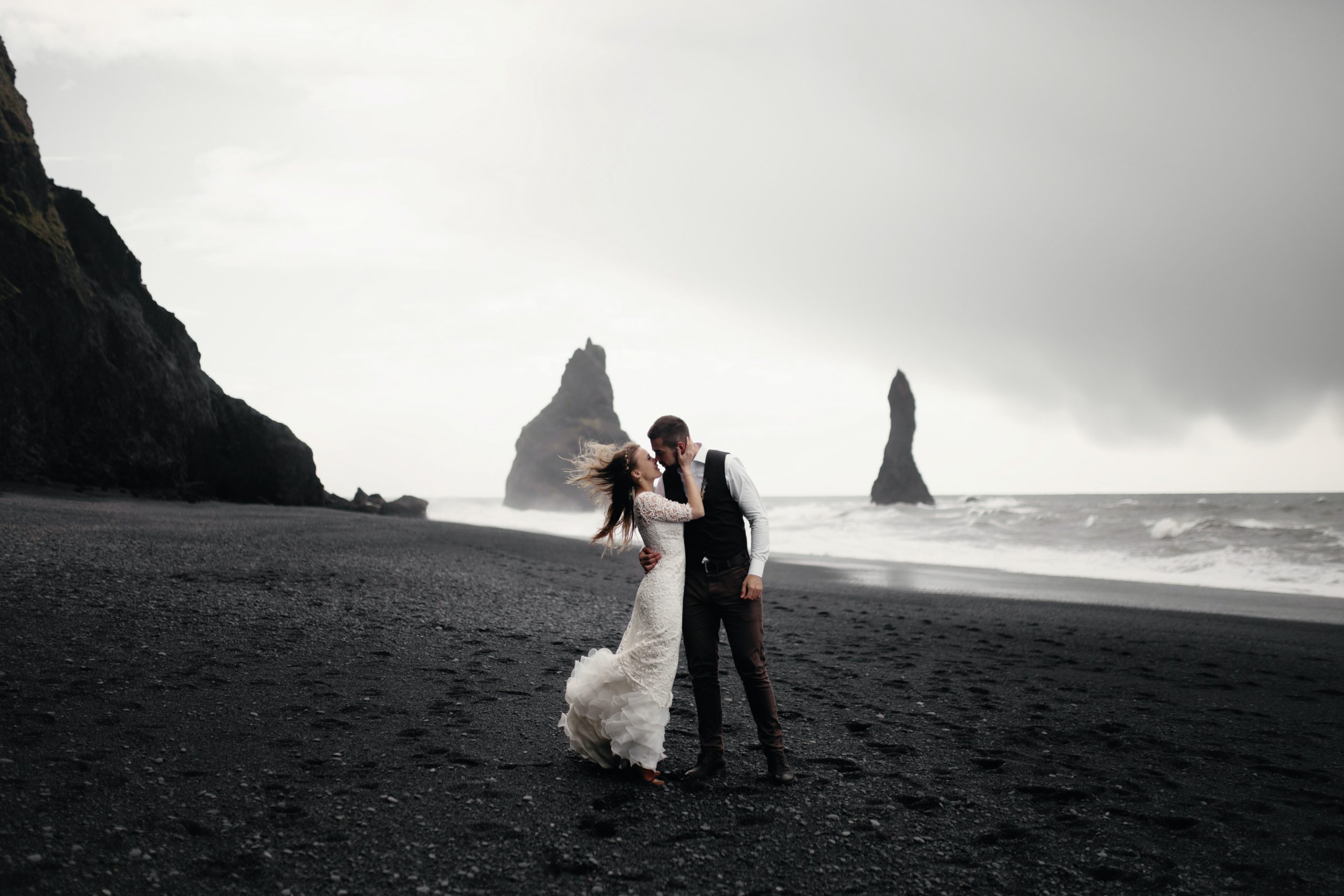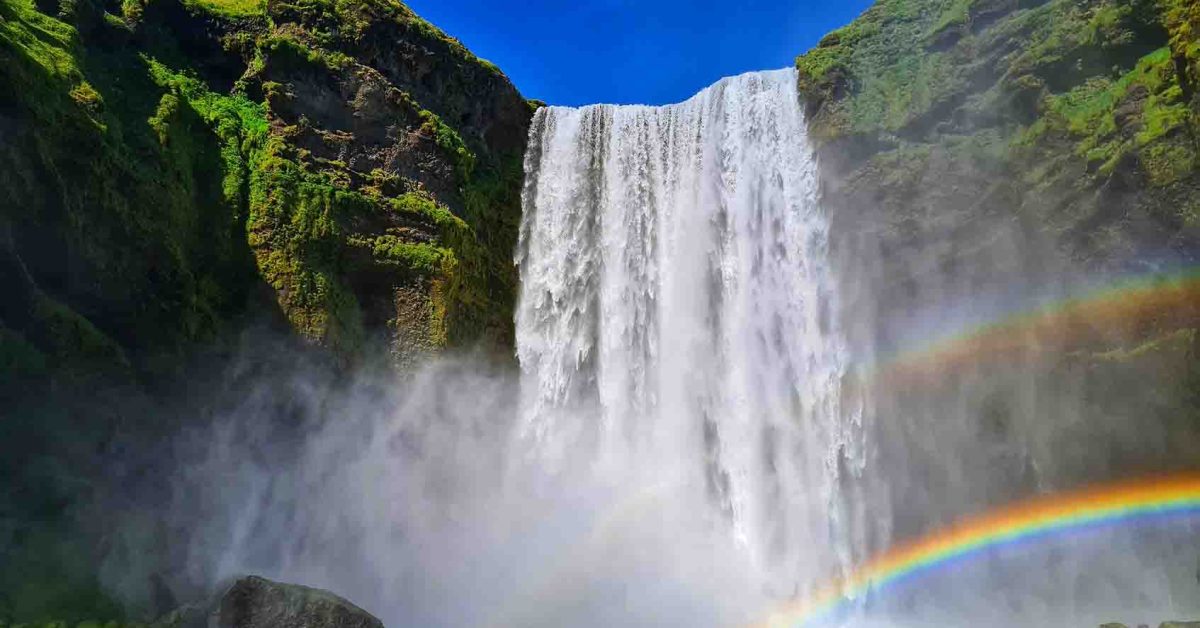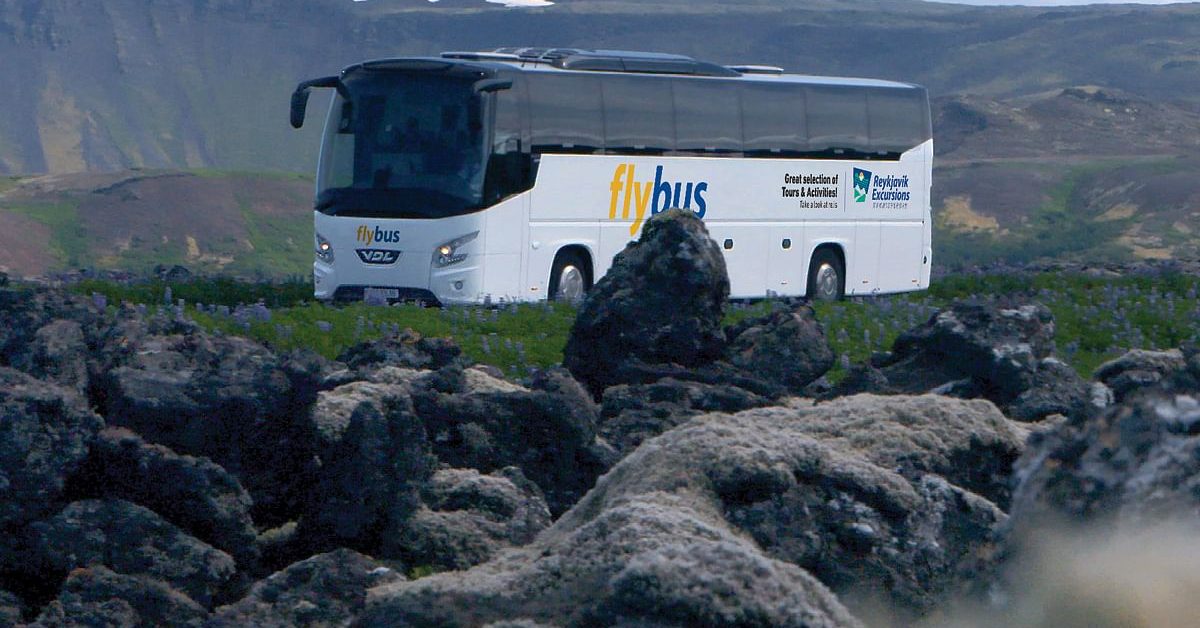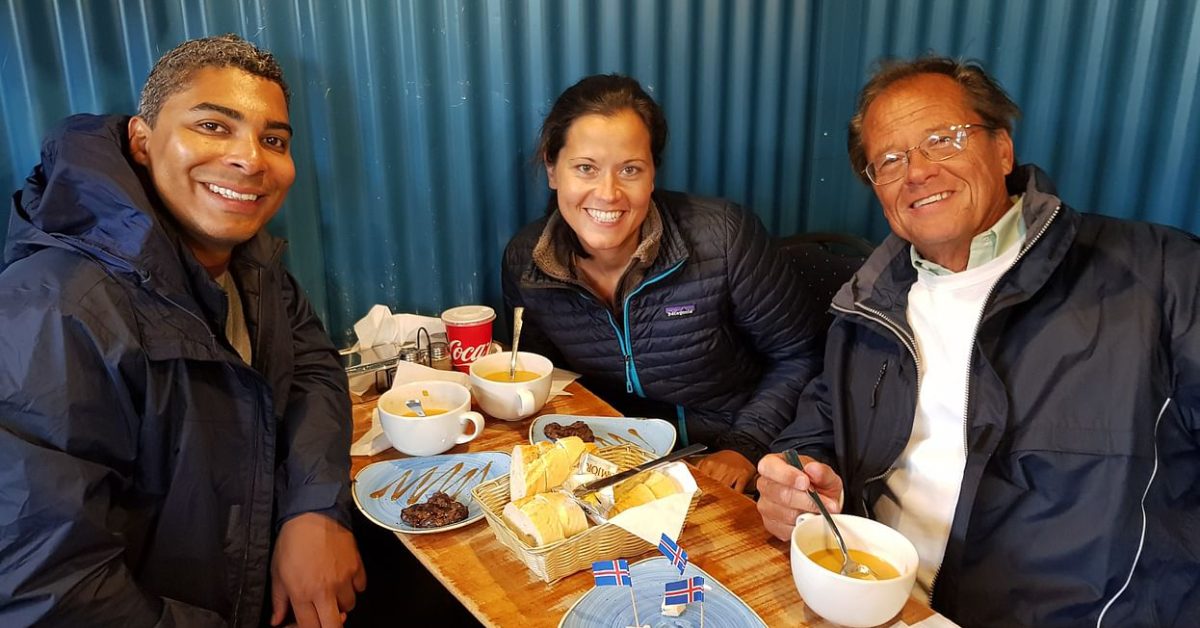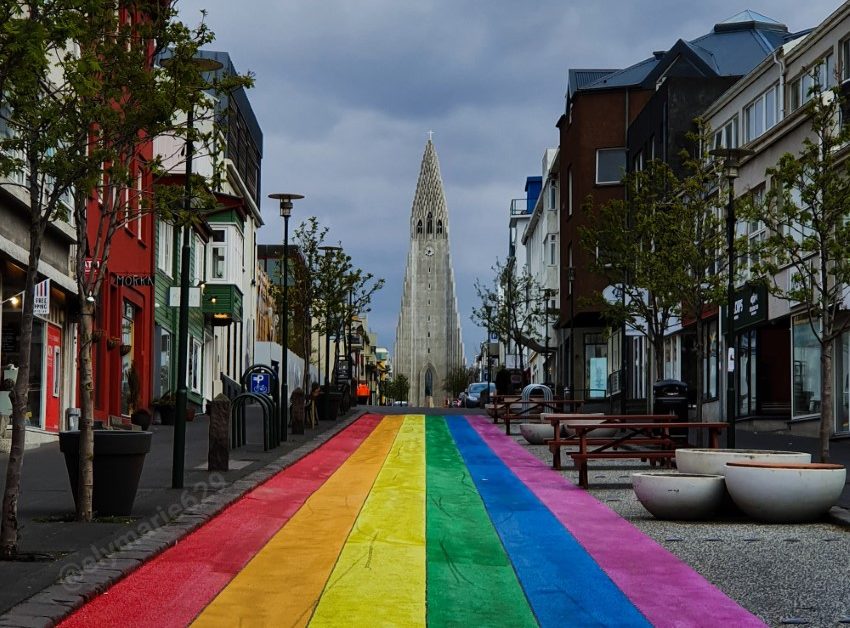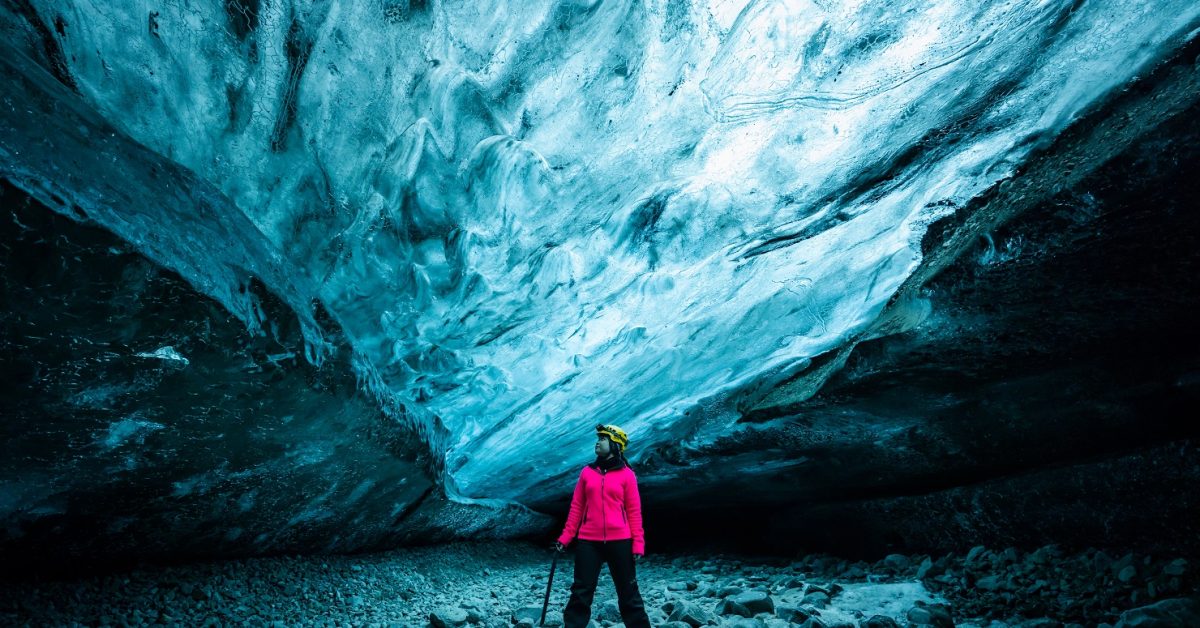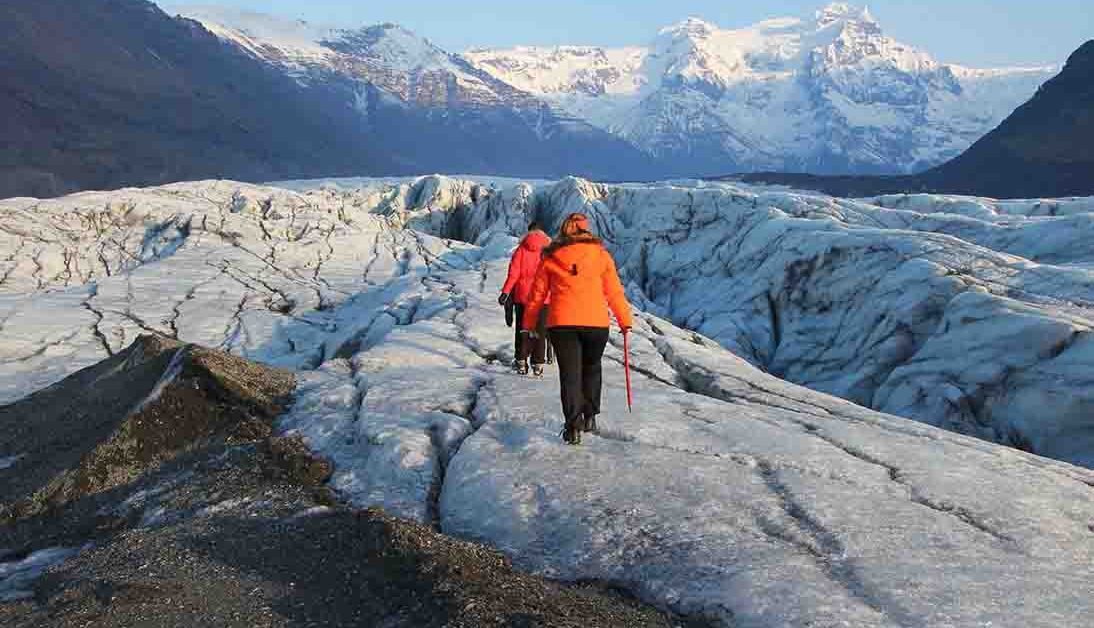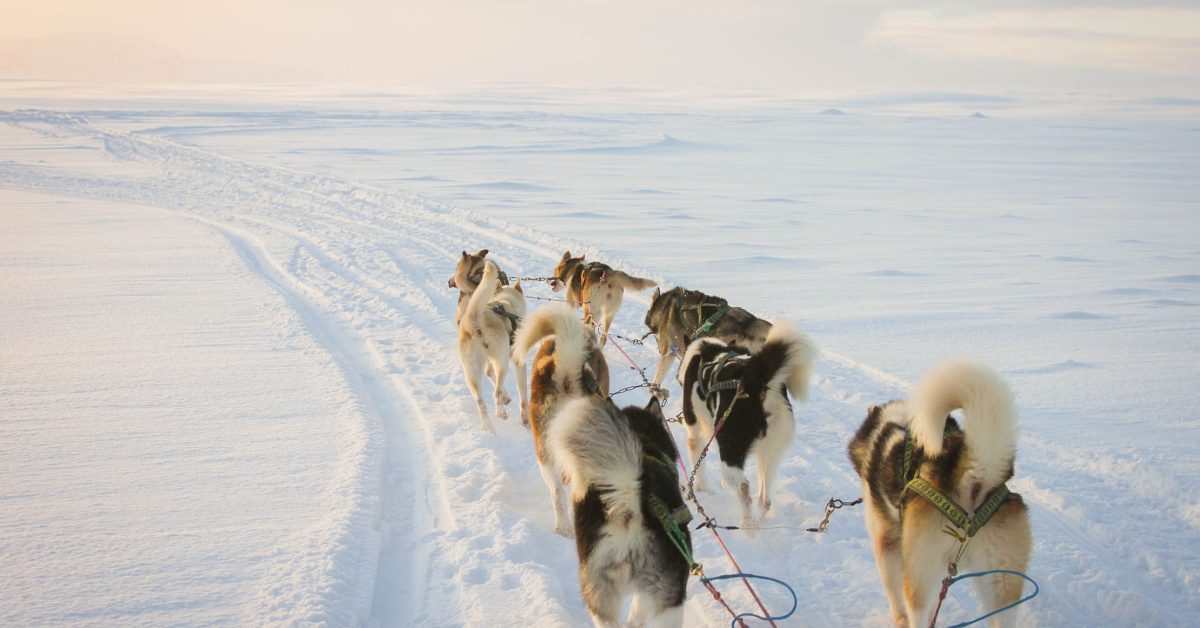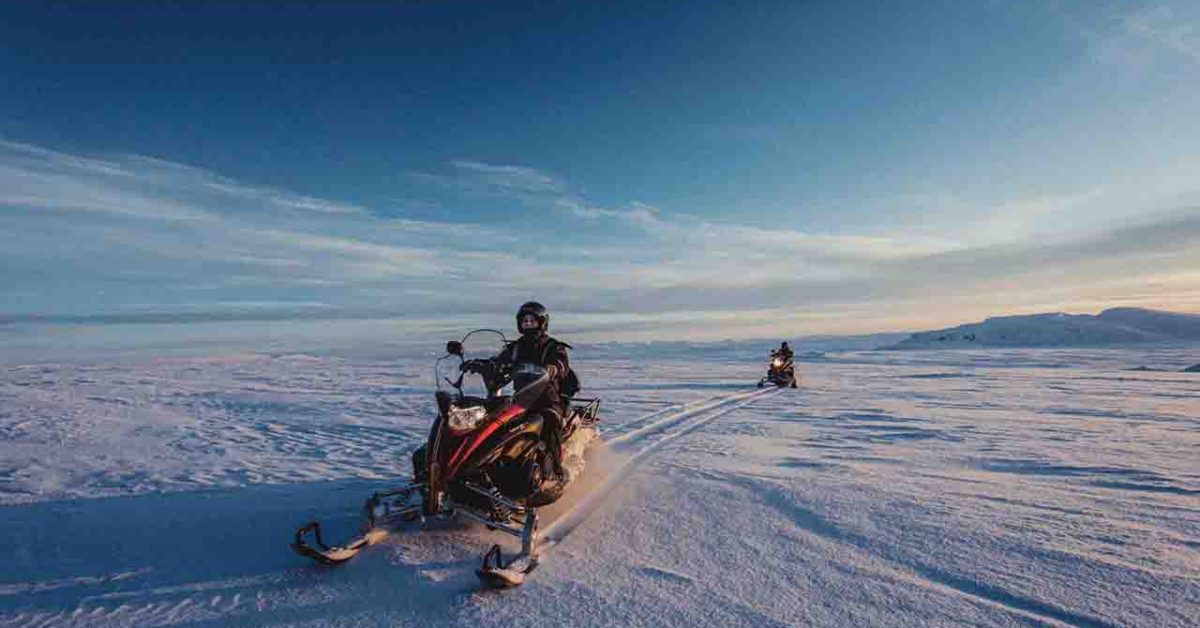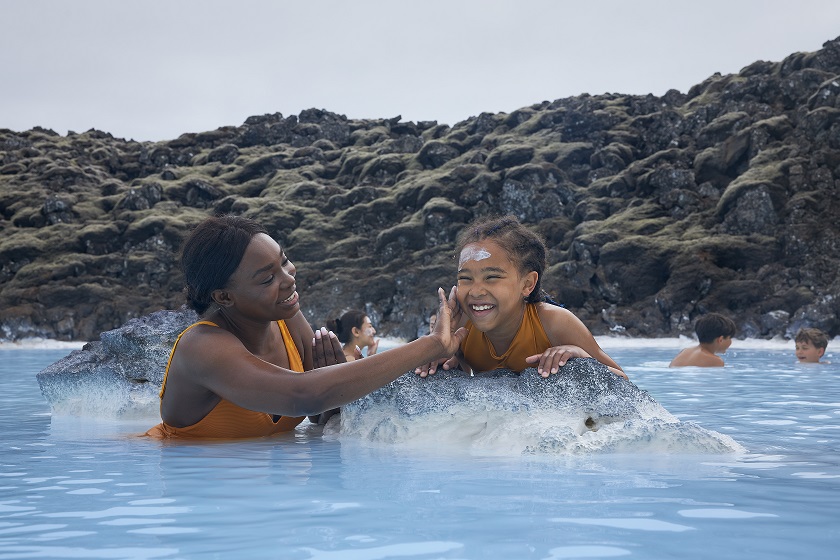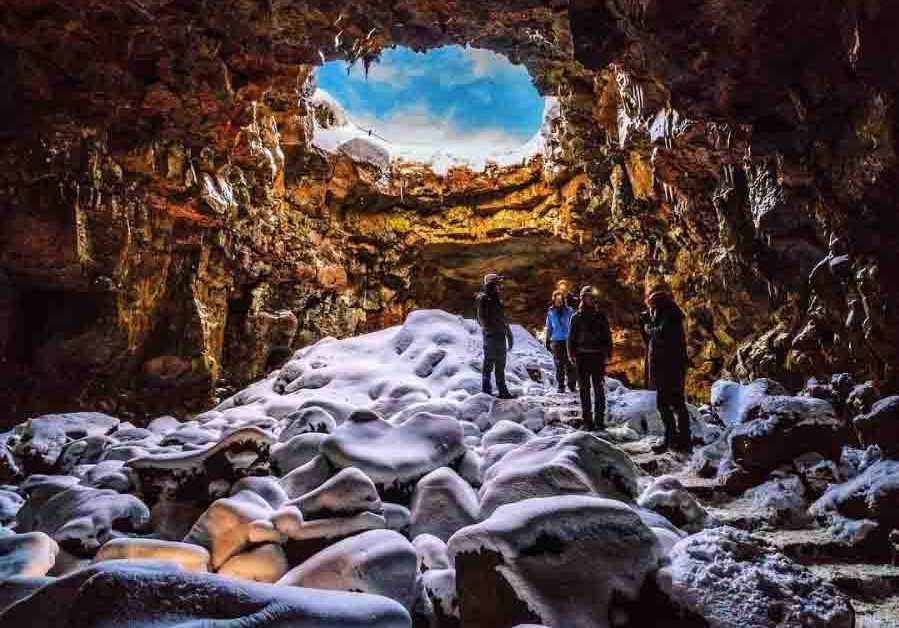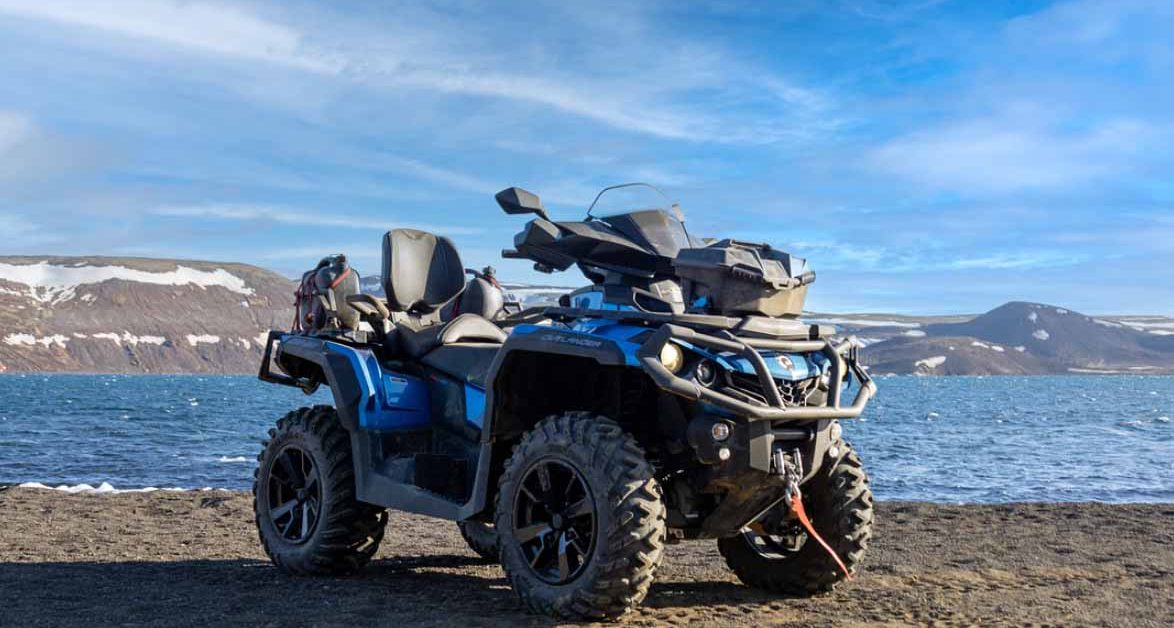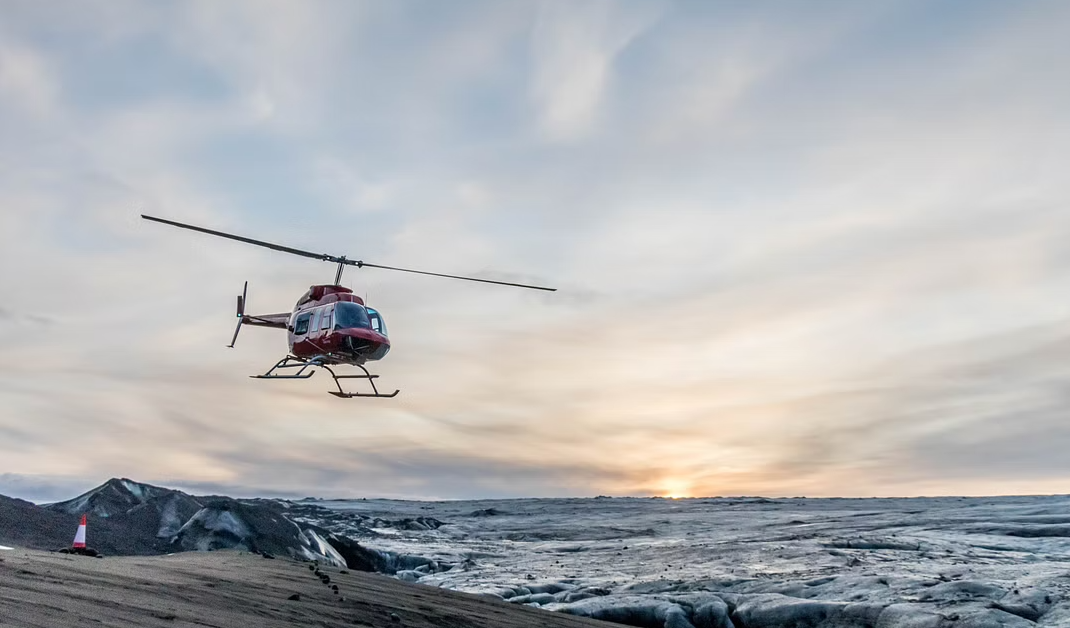Iceland in February, love it or hate it?
What would a trip to Iceland in February look like? Answer: Lovely, unforgettable, thrilling, something to tell the grandkids.
Beyond the romanticization of the experience, a trip to Iceland in February can be memorable. The weather is not so harsh anymore, the daylight is increasing daily, the Northern Lights still dance in the night sky, and Iceland is as beautiful as always.
February is the month of love worldwide, and you can also celebrate it here in Iceland. There is no secret that people come to Iceland to get engaged or to marry.
What other unique place can you choose for your big day, if not the black sand beaches, the majestic waterfalls, the northern lights, or the out-of-the-world landscape?
The experience in Iceland will be more beautiful if you want to celebrate a special event. Or you can make a special event by visiting Iceland; everything is up to you.
Let’s see what you can do and see in Iceland in February.
Weather in Iceland in February
In February, Iceland’s weather encapsulates the essence of a captivating winter wonderland. The country experiences the hallmark elements of its Arctic climate during this time, with average temperatures ranging from 28°F (-2°C) to 37°F (3°C).
February in Iceland often showcases a stunning blend of snow-covered landscapes, frost-kissed fjords, and the mystical dance of the Northern Lights illuminating the night sky.
Days are relatively short, offering about six hours of daylight. Yet, the stark beauty of the icy vistas and the possibility of witnessing the aurora borealis create an enchanting atmosphere for those adventurous enough to embrace the wintry charm of this unique island nation.

What to wear in Iceland in February?
Visiting Iceland in February presents a magical winter wonderland, but preparing for the chilly temperatures and ever-changing weather conditions is essential. Dressing in layers is the key to staying comfortable exploring this stunning Nordic destination.
Start with a base layer of thermal clothes, either wool or synthetic, to keep you warm and dry. Add insulating layers like fleece jackets or sweaters, and top it off with a waterproof and windproof jacket or parka.
Don’t forget insulated, waterproof pants to navigate through snow and ice. Complete your ensemble with accessories such as hats, scarves, and gloves or mittens to protect against the biting cold.
Sturdy, waterproof boots with good traction are essential for exploring icy or snowy terrain. Whether venturing into the wild landscapes or exploring urban areas, being well-prepared will ensure a comfortable and memorable Icelandic experience in February.
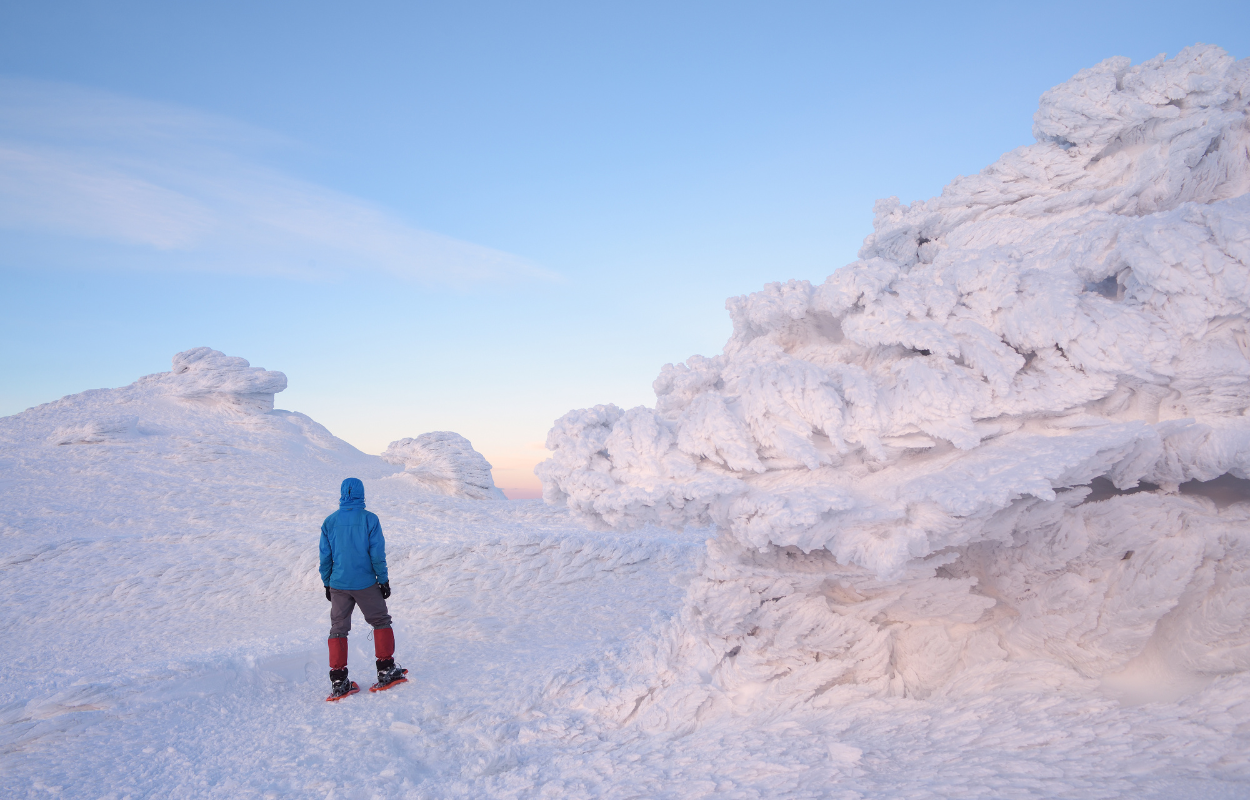
Celebrating Þorrablót, the mid-winter festival with the locals
Þorrablót is the mid-winter festival that begins mid-January (22nd) and ends mid-February (20th).
The name of the mid-winter celebration comes from the Þorri, which many say is derived from the name of the Norwegian King Thorri Snærsson or the old Nordic religious God Thor, the God of Thunder.
In Icelandic tradition, Þorri was portrayed as a powerful man with a ruthless character, the epitome of the Icelandic winter.
During this celebration, people are eating þorramatur. þorramatur include the famous rotten shark’s meat (hákarl), boiled sheep’s head (svið), cured rolls of lamb flank, and congealed sheep’s blood wrapped in a ram’s stomach (blóðmör).
More about Þorrablót festival you can read on our blog Þorrablót, the mid-winter festival in Iceland.

Enjoying the polar days
The days are getting longer in February so you have more time for sightseeing. But the sunrise and sunset are still the best parts of the day because of their astonishing colours.
Also, you will enjoy those polar days if you are a photographer because of the long golden hours.
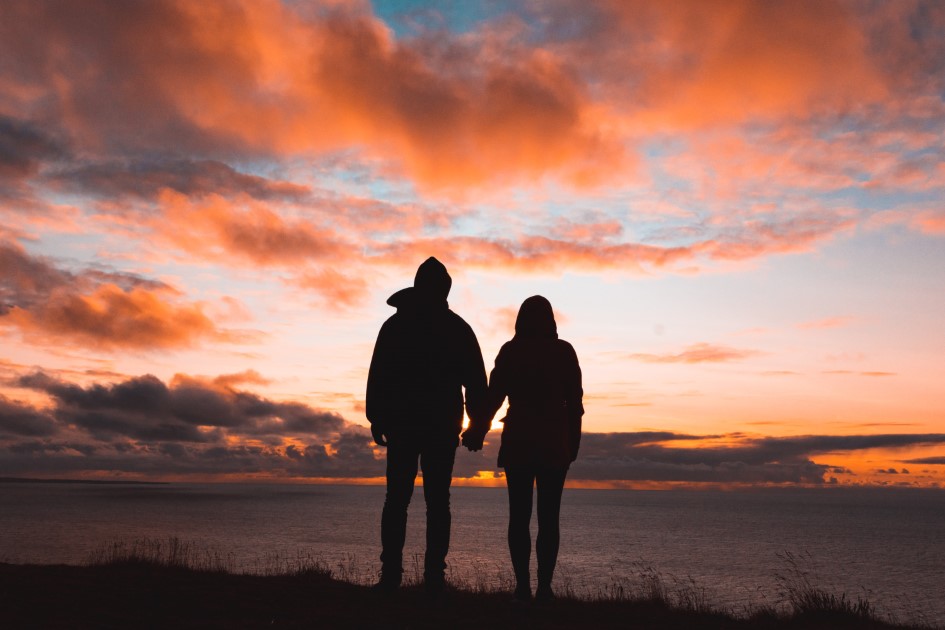
The cold season is the best one for exploring the icy part of Iceland, especially the ones under the glaciers. Exploring a Blue Ice Cave is one of those activities, and I can guarantee that you will never forget it.
Plan and book your tour at the Blue Ice Cave in advance, as many people visit Iceland during winter and want to explore the ice caves.
You can pair the Blue Ice Cave tour with a glacier hiking tour. You can choose a tour either on Vatnajökull, which is the largest glacier in Europe, or you can hike on Mýrdalsjökull, located north of Vík í Mýrdal town.

Hunting the Northern Lights (Aurora Borealis)
There is a higher chance of seeing the Northern lights in February because the weather is milder, there are not so many storms, and the sky is more apparent, and this is an essential condition when you want to “hunt” them.
So, if you are travelling to Iceland in February, take many layers of warm clothes with you because you will probably be outside in the cold chasing the Northern lights during your stay. It is not a thing to miss.
Pssst, the Northern Lights has witnessed many engagements and, at the same time, has offered the best views for such a special moment.
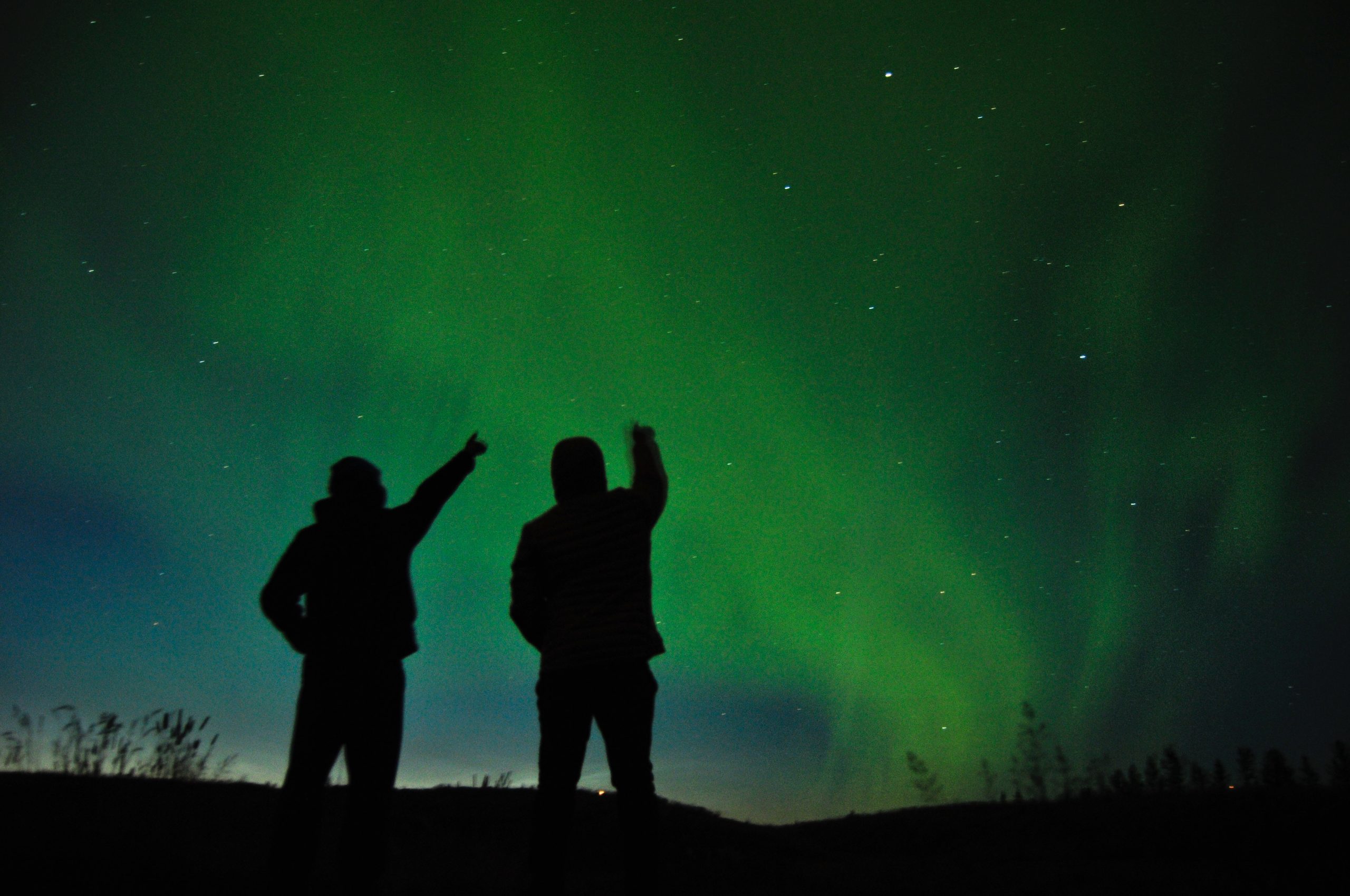
Experiencing a dog-sledging tour
A dog-sledging tour will be the cutest part of your trip. Our furry friends here in Iceland are ready to give you a memorable experience.
Many other activities are COOLer during the winter: snowmobile tours, enjoying a geothermal bath, and enjoying museum exhibitions.

Bolludagur, sprengidagur and öskudagur
This is probably the best time to be in Iceland because the Icelanders are celebrating Bun Day, Explosion Day and Ash Wednesday, and this year, all these festive days are happening between the 12th and the 14th of February.
Bolludagur – Bun day
On this day, Icelanders eat pastries filled with cream and jam and covered in chocolate. The buns are either homemade or bought from bakeries. Children dressed up kinda like on Halloween and made their own “bolluvöndur”, a paper-decorated wooden stick.
Sprengidagur – Explosion day
This day came from Icelanders eating so much soup with vegetables, salted meat and lentils until they metaphorically “explode”. This is the last day before Lent. Lent lasts from Ash Wednesday until Easter Sunday and is a religious-related period before Easter.
Öskudagur – Ash Wednesday
On Ash Wednesday, children have the day off from school; they dress up and go from house to house or from shops to different companies to sing for treats. It is like an Icelandic Halloween.
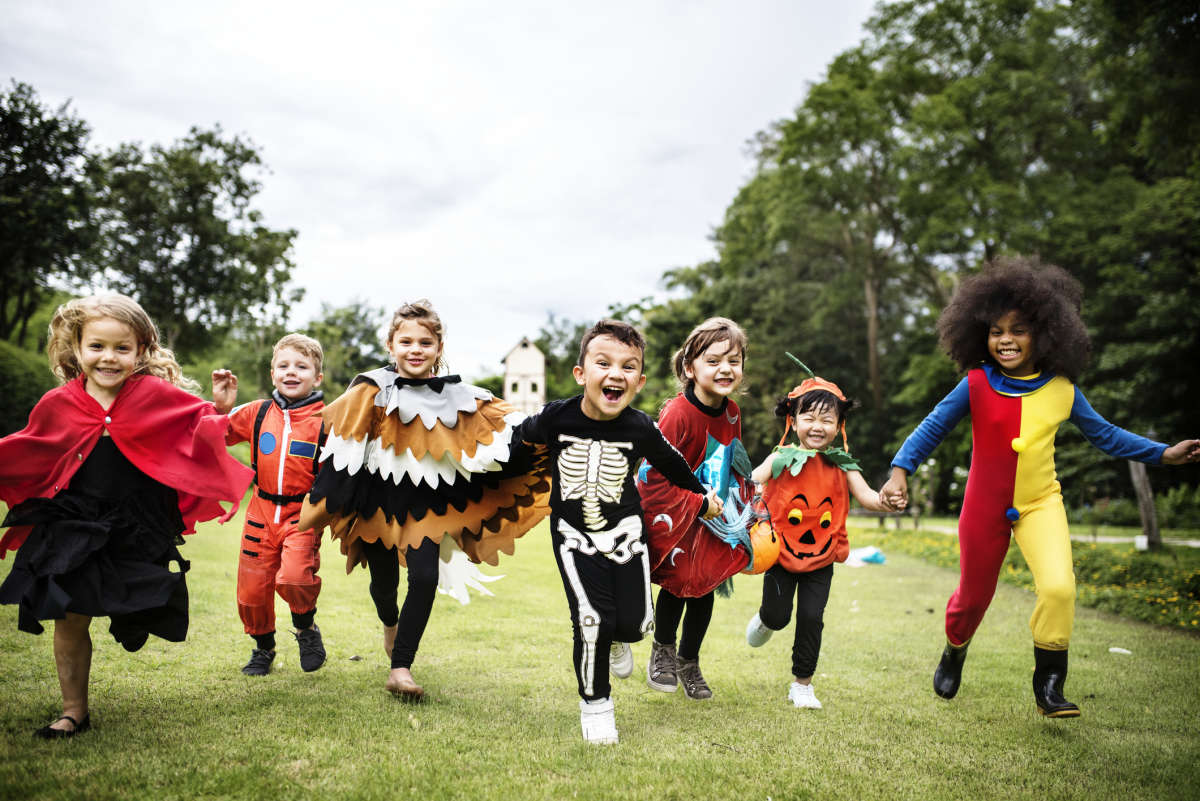
Explore the Land of Fire and Ice with your loved one
It is the month of Love, and everyone wants to surprise their loved ones with something special. What can be more special than a trip to Iceland? Iceland is exotic in its cold ways, and the experience will be memorable.
